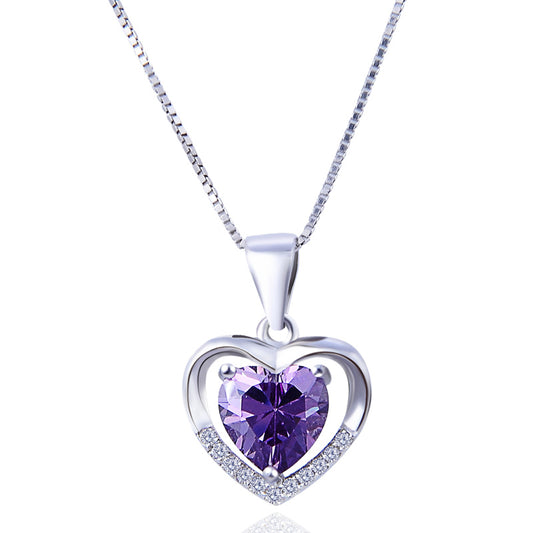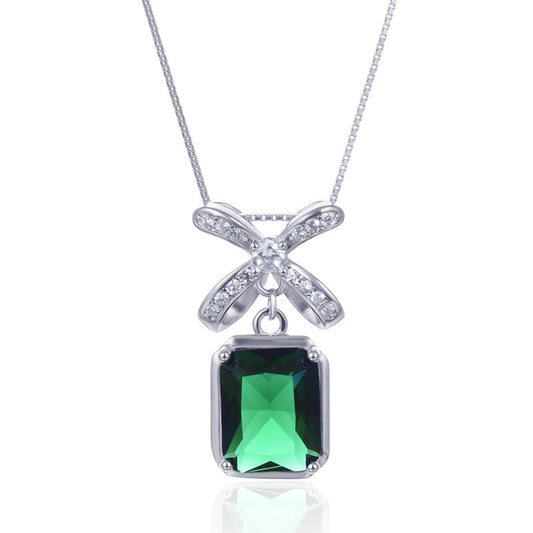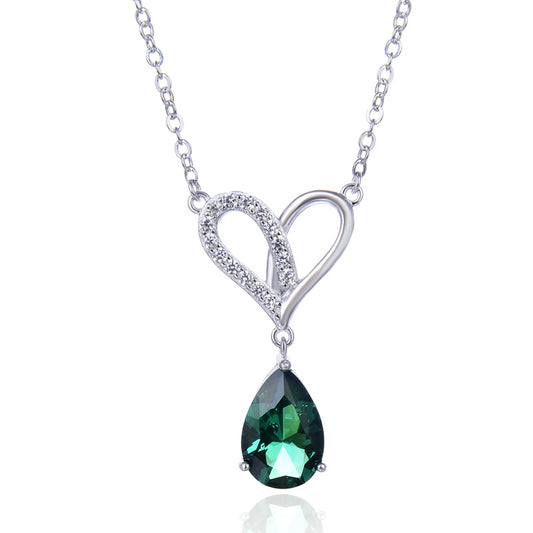The New York Times Connections Game: A New Puzzle Sensation
In the world of online puzzles and games, few have captured the public's imagination like the NY Times Connections Game. This innovative game, brought to us by the venerable New York Times, has become a viral sensation, with players from all over the globe vying to solve its daily challenges.
The game, which can be played on both web browsers and mobile devices, tasks players with grouping words that share a common thread. It's a test of vocabulary, logic, and creative thinking, all rolled into one. And like many other New York Times games, it resets daily, offering a new set of challenges each day.
But what makes the Connections Game stand out is its increasing difficulty. As players progress through the game, they'll find that each new set of words gets trickier and trickier. It's a testament to the game's creators, who have managed to strike a perfect balance between accessibility and challenge.
A Brief History of Word Games
Word games have a long and rich history, dating back to ancient times. From crossword puzzles to Scrabble, these games have always been a popular way to exercise our minds and challenge our vocabulary. The NY Times Connections Game is a modern take on this tradition, blending classic word game elements with a unique and innovative gameplay mechanic.
How to Play the NY Times Connections Game
The rules of the game are simple yet engaging. Players are presented with a series of words and must group them based on a common theme or connection. For example, one group might include "apple," "banana," and "orange," all of which are types of fruit.
The challenge lies in identifying the sometimes obscure connections between the words. It's not always obvious at first glance, and that's part of the fun. Players must use their imagination, vocabulary, and logical reasoning skills to solve each puzzle.
Strategies and Tips for Success
While the NY Times Connections Game might seem daunting at first, there are some strategies and tips that can help players succeed.
First and foremost, it's essential to have a broad vocabulary. The more words you know, the easier it will be to identify connections and make sense of the puzzles. Players can improve their vocabulary by reading books, articles, and other written materials regularly.
Another key to success is patience and perseverance. Some puzzles might take longer to solve than others, but that's part of the challenge. Players shouldn't get discouraged if they can't solve a puzzle immediately. Instead, they should take a break, clear their minds, and come back to it later with a fresh perspective.
Finally, players can seek help from their friends and family. The NY Times Connections Game is a great way to bring people together and collaborate on solving puzzles. By working together, players can pool their knowledge and come up with creative solutions that they might not have thought of on their own.
The Impact of the NY Times Connections Game
The NY Times Connections Game has had a significant impact on the gaming community. It has introduced a new generation of players to the joys of word games and logical puzzles, while also providing a challenging and engaging experience for seasoned puzzle veterans.
The game's popularity has also been a boon for the New York Times, which has seen a surge in traffic and engagement since the game's launch. It's a testament to the newspaper's ability to innovate and stay relevant in the digital age.
Conclusion
The NY Times Connections Game is a fantastic addition to the world of online puzzles and games. It combines classic word game elements with innovative gameplay mechanics to create a truly unique and engaging experience. Whether you're a seasoned puzzle veteran or new to the genre, there's something for everyone in this game. So why not give it a try today? You might be surprised at how much fun you can have with words!
Note: This article is intended to provide information and entertainment value and should not be construed as an endorsement or sponsorship by the New York Times or any other entity mentioned herein.








